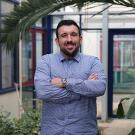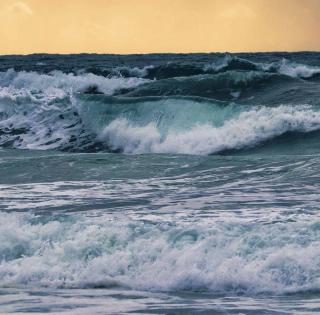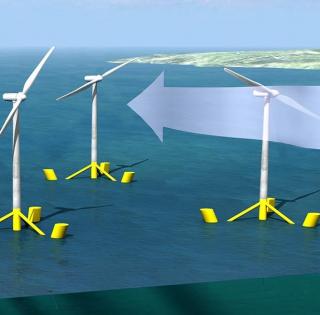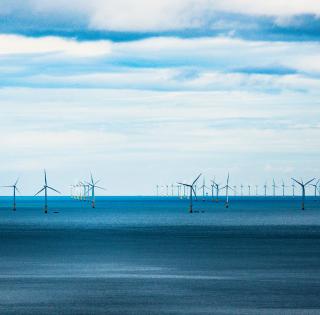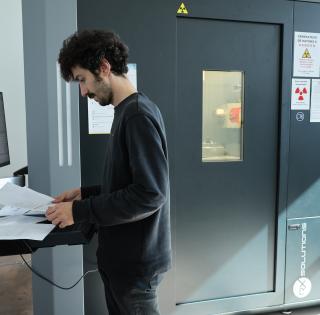
Research areas of the “propagation and multi-scale interaction” team
The research conducted at ENSTA Bretagne by this Lab-STICC team is primarily aimed at representing and understanding certain phenomena resulting from the interaction of electromagnetic waves with the environment.
The team is seeking to further integrate innovative concepts and artificial intelligence into systems for the acquisition and processing of observations from radar (whether airborne or satellites) or GPS-type geolocation systems.
3 complementary research themes:
- Multi-scale and multi-physics electromagnetic simulation and modeling – in near and far fields: tools, asymptotic methods, exact methods, empirical methods, hybrid methods, etc. (MOSEM).
- Modeling and characterization of the propagation channel – physical and statistical models, etc. (MOCAP).
- Systems and platforms / modeling and simulation – experimental and virtual systems (MOSSYP).
Experimental facilities:
- Anechoic chamber (2-18 GHz)
- Operational radar operating in the X band
- Experimental radar operating in the Ku band
- Several simulation platforms (high-performance servers)
- Specialized software: HFFS, FEKO, ADS, CST-MWS, MicroStripes, Winprop, IE3D, SolidWorks, OrCAD, etc.
APPLICATIONS
- Observation of the globe, earth and sea, by satellite (Remote sensing)
- Environmental monitoring
- Automated detection of offshore pollution and irregularities
- Defense: radar, electronic warfare, detection/recognition and tracking of targets
- Surveillance: maritime safety and security
- Autonomous vehicles (aircraft, drones, etc.), geolocation and navigation, etc.
Collaborations
- Companies: Thales, SAFRAN Electronics & defense, Diades Marine, Naval Group, CESTIM, Syrlinks
- Institutions: DGA, IFREMER
- Academia: CNAM Paris, ENSM, IMT Atlantique, UBO, Naval Academy, RMA
Expertise
- Multi-scale and multi-physics electromagnetic modeling (EM)
- Propagation and interaction of EM waves
- Active or passive observation systems (Radar, GE, etc.)
- Radar image and signal processing
- Microwave remote sensing
- Random environments
- Stochastic models
- Quantum technologies.
These algorithms use no-threshold measures, in scenarios where conventional approaches fail, owing to low signal-to-noise ratios (SNR) or restrictive environments.
An original algorithm has been developed in partnership with Diades Marine, as part of the ADEME e-PANEMA project (e-Positioning and Navigational Aid in the Marine Environment) and won the IEEE Antennas and Propagation Society award in 2019.
It was developed by using particle filters for the detecting and tracking of targets; its performances were assessed using actual radar data.
DOREDO is a system for detecting and locating obstacles and objects, which can be embedded on medium-endurance drones, warning of any potential collision route with other aircraft (of the light aircraft, helicopter or recreational drone type for example).
The system allows for secure flight, with comparable characteristics to current airliners thanks to the removal of such technological hurdles as miniaturization and robustness regarding air or land clutter.
>> DOREDO is a first step towards the flight of medium-endurance drones within non-segregated airspace.
Funded by: DGA. Partners: CESTIM, CNAM Paris
Scalable deep-learning techniques for the detection and recognition of targets from heterogeneous data.
Funded by: DGA, AID, I2R
Characterizing the atmosphere and sea surface interactions for the deployment of offshore wind in the Gulf of Lion.
- OBJECTIVE: To support the development of offshore wind energy in the French Mediterranean coastal areas by providing a database of high-resolution observations of wind, wave and current fields as well as a new numerical tool for the modelling of metocean conditions in the Gulf of Lion.
- Timetable: 2020-2023
- Funded by: France Energies Marines
- 15 national and international partners
...
...














